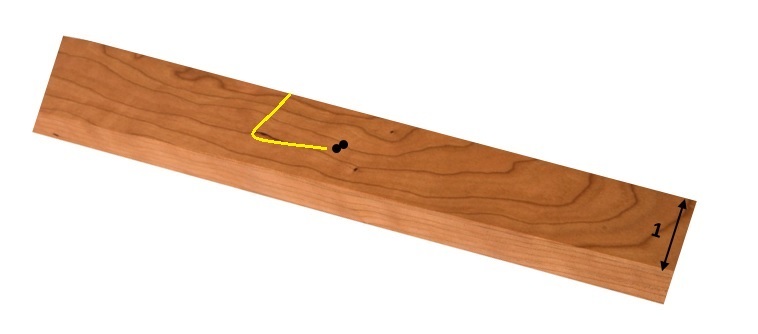Ant got lost again!
An ant is walking on a very long piece of wood with width 1. The ant wants to walk out of this wood by following a predetermined path, which guarantees that the ant will be able to eventually get out.
Let denote the minimum length of such a path.
Which of the following inequalities must be true?

This section requires Javascript.
You are seeing this because something didn't load right. We suggest you, (a) try
refreshing the page, (b) enabling javascript if it is disabled on your browser and,
finally, (c)
loading the
non-javascript version of this page
. We're sorry about the hassle.
Answre is c
There are three possible solutions for this problem (I am sure there may be much better solutions ):
1- The A n t may walk in a circle with radius 2 1 and get out in π units at most.
2- The A n t may move 2 units at most from its location and get out if it walks distance 2 units in any direction and then turns left or right and walk another distance 2 . This make max distance = 2 2 .
3- The A n t may move 3 2 units in any direction and then turns with an angle = 1 2 0 o and walk another 3 2 . The make max distace will be 3 4 and the A n t get out after walking distance = 3 4 at most.